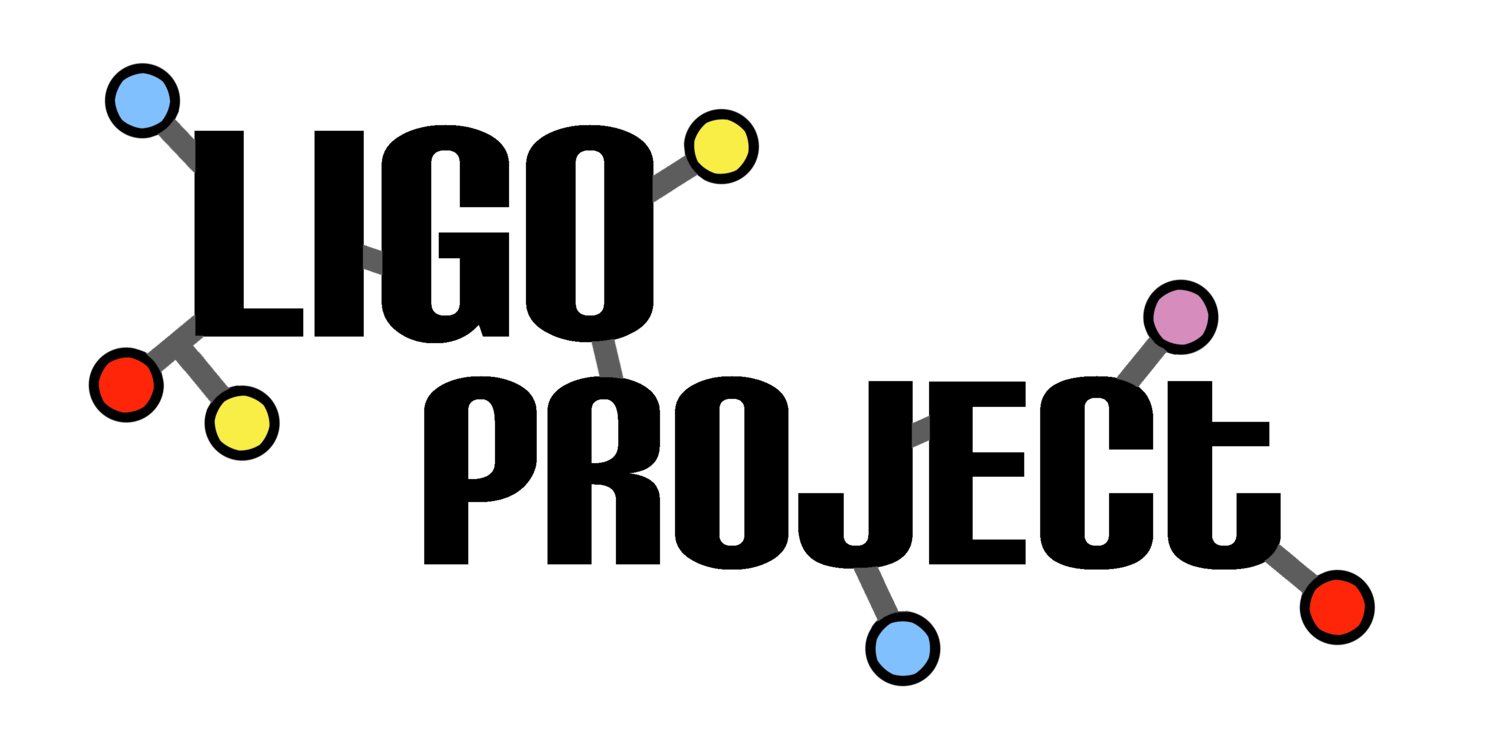Dance collective, The Pharmacy Project, performs a story about tumor suppressors
/Featuring
- Dr. Scott Lowe (cancer – tumorigenesis & resistance to chemotherapy; MSKCC)
- Nora Petroliunas (choreography)
Overview
According to Scott Lowe, “my research has shown that p53, a tumor suppressor, plays an important role in “apoptosis” – a form of cell suicide – and in doing so provides a natural brake to tumor development. Cells lacking p53 are more prone to becoming cancerous and more resistant to chemotherapy. Current research in my lab is based on the premise that distinct genetic changes in a patient’s cancer creates molecular dependencies that represent therapeutic opportunities. The lab is also studying genes specifically needed for survival of cancer cells in an effort to identify targets for new cancer therapies. Combining innovative approach to cancer biology research we are working toward identification of new therapeutic strategies to treat some forms of cancer.”
Cancer arises as cells acquire alterations in oncogenes — genes that when mutated may cause a cell to survive and divide indefinitely. But oncogene mutations do not inevitably cause cancer. Normally, cells can “fight back” against oncogene activity through genes called tumor suppressors. Tumor suppressor genes trigger cells to self-destruct or to halt their own growth, preventing uncontrolled cell proliferation and cancer development. The Lowe lab investigates how the disruption of these mechanisms may lead to cancer. They have also found that mutations in tumor suppressors can reduce the effectiveness of some chemotherapy drugs. They hope to shed new light on why some tumors become drug resistant and to discover more effective therapeutic targets
As a performer, Petrolinas “began with the same foundation as the lab, working with movement principles based in oncogenes and tumor-suppressors; these cell mutations are a trouble of cancer, unique to every individual. This idea was taken into the studio to grow.”
Her final work was five bodies working together as a unit, dividing, and then dividing again, sometimes allowed to do so freely and rapidly, other times with an outside force holding them together, ‘stopping’ the division
Bios
Nora Petroliunas
www.thepharmacyproject.tumblr.com
http://www.facebook.com/pages/The-Pharmacy-Project/212430152104551
SUNY Purchase, BFA dance (’06); Artistic Director, The Pharmacy Project, a Brooklyn based dance collective.
Dr. Scott Lowe
http://mskcc.org/research/lab/scott-lowe
http://www.hhmi.org/scientists/scott-w-lowe
B.S., UW-Madison; Ph.D., MIT; Associate Dir. Basic Cancer Research, MSKCC; Chair, Geoffrey Beene Cancer Research Center; Investigator, HHMI & Member of the American Academy of Arts & Sciences.
“My research has shown that p53, a tumor suppressor, plays an important role in “apoptosis” – a form of cell suicide – and in doing so provides a natural brake to tumor development. Cells lacking p53 are more prone to becoming cancerous and more resistant to chemotherapy. Current research in my lab is based on the premise that distinct genetic changes in a patient’s cancer creates molecular dependencies that represent therapeutic opportunities. The lab is also studying genes specifically needed for survival of cancer cells in an effort to identify targets for new cancer therapies. Combining innovative approach to cancer biology research we are working toward identification of new therapeutic strategies to treat some forms of cancer.”
Cancer arises as cells acquire alterations in oncogenes — genes that when mutated may cause a cell to survive and divide indefinitely. But oncogene mutations do not inevitably cause cancer. Normally, cells can “fight back” against oncogene activity through genes called tumor suppressors. Tumor suppressor genes trigger cells to self-destruct or to halt their own growth, preventing uncontrolled cell proliferation and cancer development. The Lowe lab investigates how the disruption of these mechanisms may lead to cancer. They have also found that mutations in tumor suppressors can reduce the effectiveness of some chemotherapy drugs. They hope to shed new light on why some tumors become drug resistant and to discover more effective therapeutic targets.








